Living Planet
Nature · Earth · ClimateNature Notes: August 2022
THE HEAT IS ON!
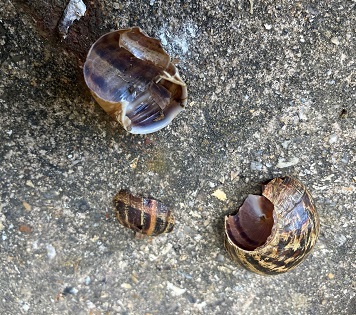
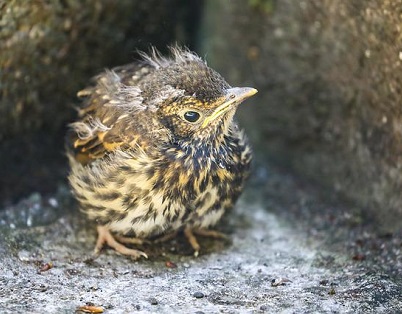
For the past few weeks, I've been experiencing the uncomfortable 'crunch' of snail shells underfoot, as I wend my way to and from my front door. Thankfully each 'house' has already been emptied by a song thrush, using my stepping-stones as her anvil. They've been providing a necessary diet for her and her young as the clay baked ground's been so hard, it's been difficult for her and indeed all of our birds to find worms. Around the paving edges lie the remains of other inanimate objects, flung there by her fledglings learning to use the stones as tools as they hop in and out of the shade of the surrounding bushes onto my 'No Mow May', now 'High Dry July' parched lawn. As I write (mid-July) the burnished grass also 'crackles' underfoot and even the clover and self-heal seem brittled by the sun. The only live snail I've seen is the permanent resident that's always bunging up the rose of my watering can, as it wedges itself into perhaps one of the last moisture-laden places to hide!
Our snail populations (and thus their prey) are under threat due to our current climate crisis as they generally only thrive in damp conditions. Late June and July has traditionally been the time to see glow-worms, but researchers have discovered there haven't been enough snails for their larvae to feed on, and so the current increasing temperatures and hot dry summers are the main reason that their numbers have collapsed by three quarters since 2001.
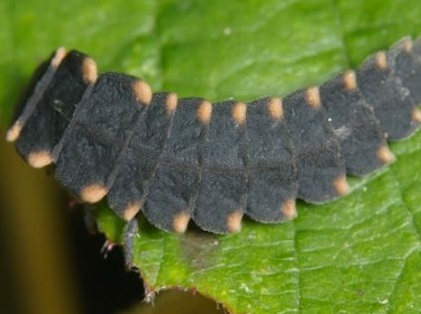
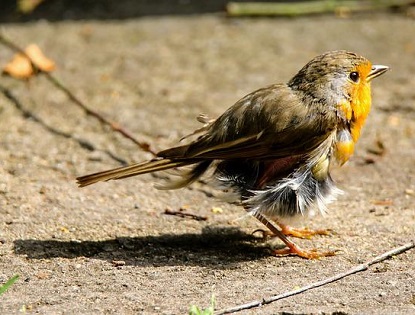
With the recent sharp rise in temperatures, nature in and around our village has been trying to adapt. Birds, which normally hide in the bushes to moult during August, have already been making use of the shade and changing their usual flight and feeding patterns as they avoid the heat of the day and go further afield to seek out food and water from our low-lying streams. I've noticed more spiders in the house and even a bank vole made an entrance into the relative cool of the kitchen. Globally, scientists, studying the long-term effects of our warming climate, have found birds to be growing larger bills to regulate their body temperatures whilst some butterflies are changing in size and the tails, legs and ears of mammals are also altering to provide other levels of heat exchange. Sadly, I've come across dead shrews, young fledglings, an adult marsh tit and two wild goslings in and around our footpaths.
With plenty of forewarning about our current heatwave (with another forecast in August), advice on walking our dogs outside the hours of 8am-8pm and staying inside at midday ourselves, it's not acceptable to leave any animal outside without shade and water or who are suffering in any way, so please keep your eyes open and contact their owners if you see any in distress, including those in our dry, surrounding fields. Most of the hay has now been gathered, stalks of bleached wheat, humming in the mornings with flocks of noisy crows, wait for their cut. On the margins, beads of sweet orange/red scarlet pimpernel flowers top the deep fissures in the hard clay.
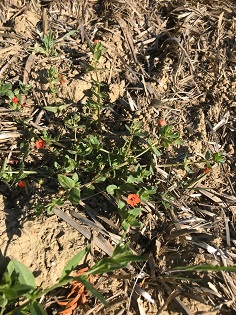
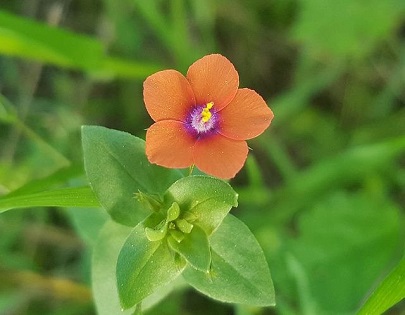
Whilst the maggots of green, blue and black-bottle flies seem to be thriving on the flesh of some of those poor live sheep who haven't yet been shorn, the scariest thing this month by far has to be the lack of insect life on our blooming, sweet-smelling garden buddleia. Known as 'the butterfly bush' it's always been crowded, humming and buzzing with bees, flies and colourful flashes of butterfly wings flitting open and shut. Instead, mine stand eerily still and empty as they silently exude a wonderfully powerful, sweet honey fragrance in the midday heat. Where are all the red admirals, the peacocks, the painted ladies, the clouded whites and the bumble bees this year?
There are still plenty of gatekeepers, meadow browns, ringlets, small skippers, and some commas in our fields, the odd fritillary in our woodland glades and in one meadow, layers of marbled whites floated upwards like levitating chessboards, whilst dragonflies and mating damselflies flashed their jewel like bodies on landing and take-off, just inches from my feet. Not selective as to where she lays her eggs, the female marble white (etched in buff colours on the underside, rather than the grey of the males) doesn't land to 'lay' her pale green or white eggs - instead, she scatters them from above and those that have survived 'the mow' will hopefully be hatching into caterpillars later in August.
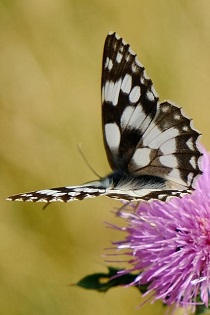
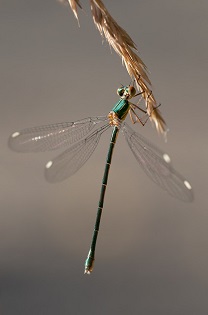
Apparently marble whites are one of the species moving northwards due to the rise in our temperatures. Earlier this year, the charity Butterfly Conservation listed over half of all British butterflies as 'threatened' on the extinction list due to habitat loss, climate change and pollution which also affects their ability to navigate towards flowers. You can take part in this years' Big Butterfly Count (which runs until Sunday 7th August) by observing butterflies for just 15 minutes during a sunny day which may help provide valuable insight as to what's going on.
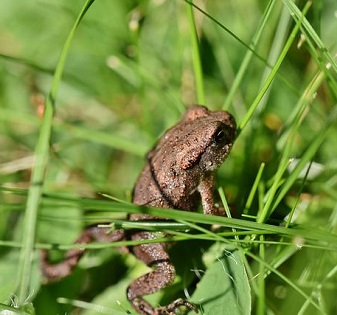
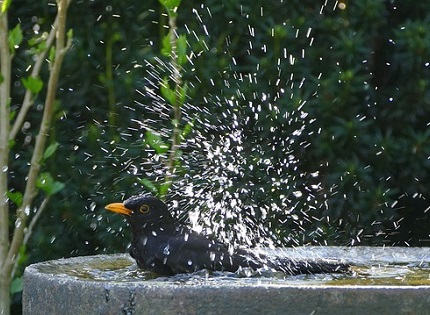
When we live in such a beautiful village it's hard to believe that the UK is one of the most nature-depleted countries on the planet, with our own damaging actions to habitats and species, being responsible for the loss of half our biodiversity, but if we take time to notice, we can see the decline in front of our eyes. Thankfully individually and collectively we can make positive changes. I've been busy recycling my shower and dish water into the back garden for the plants, whilst organisations such as Sussex Wildlife Trust have produced handy tips on helping wildlife in the heat. e.g Not only keeping ponds, feeders and shallow dishes of water topped up for hungry and thirsty birds, animals and insects, but ensuring you put out bird baths as they need fresh, clean water to keep their feathers in good condition. Also soak raisins and apples to scatter on the ground for mammals as well as some birds, and provide cover from the sun for frogs, toads and newts with logs, stone slabs and tall grass.
So that leaves me with one question - how will we, as humans, adapt to the rise in temperatures? By helping others. We may not obviously be evolving our own physical characteristics (such as growing bigger ears or altering our skin pigmentation) but as diseases spread, our diets are altered and we're exposed to more intense sunlight, let's consciously grow our hearts instead. Even if you're not a lover of all the inhabitants of our beautiful wild countryside home, by looking out for each and every one of them now, you'll also inevitably be helping look after the future welfare and happiness of your friends and family. The heat is on for us all - both physically and metaphorically. Wishing you every happiness, a cooling breeze and good health this summer season!